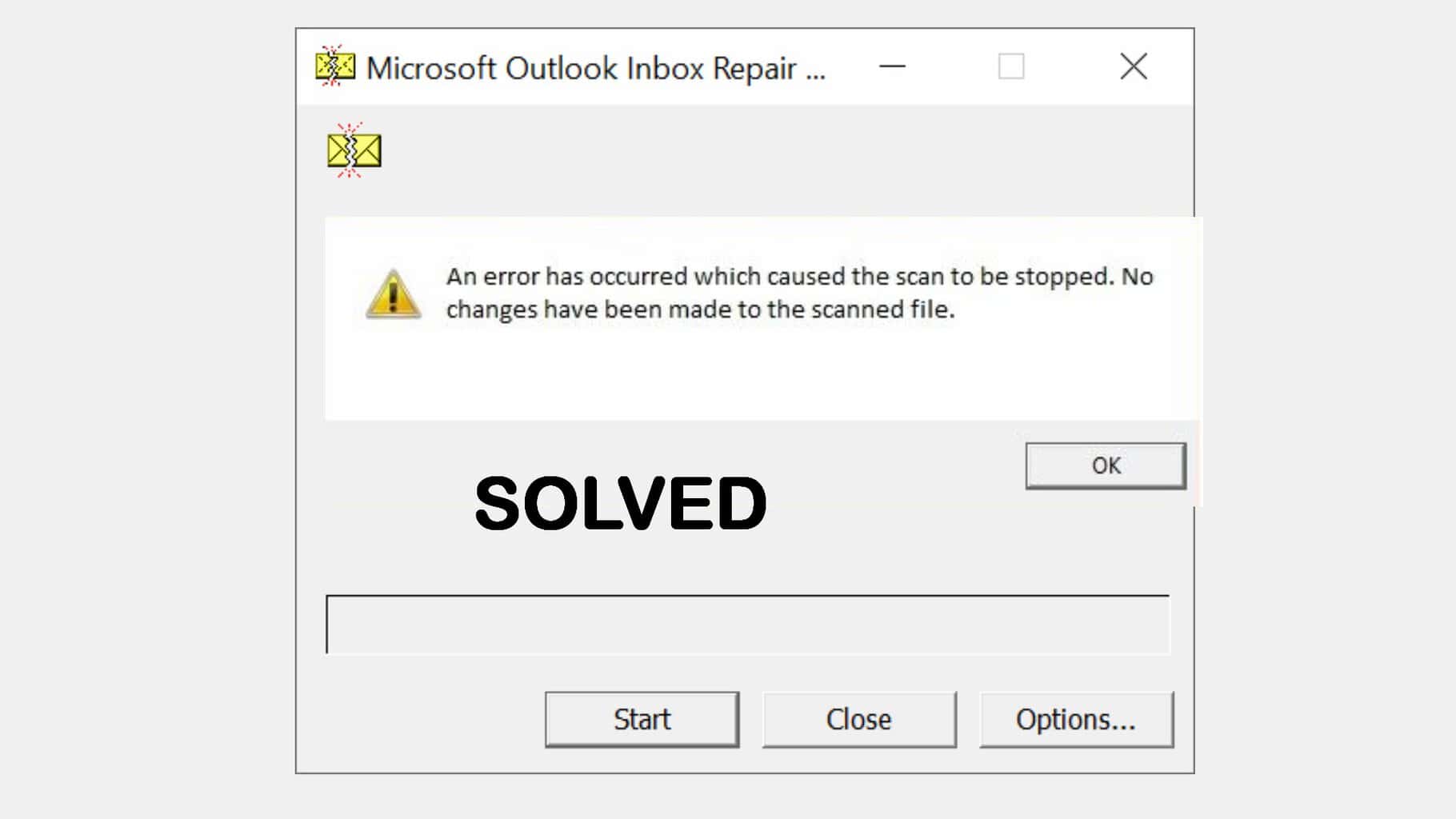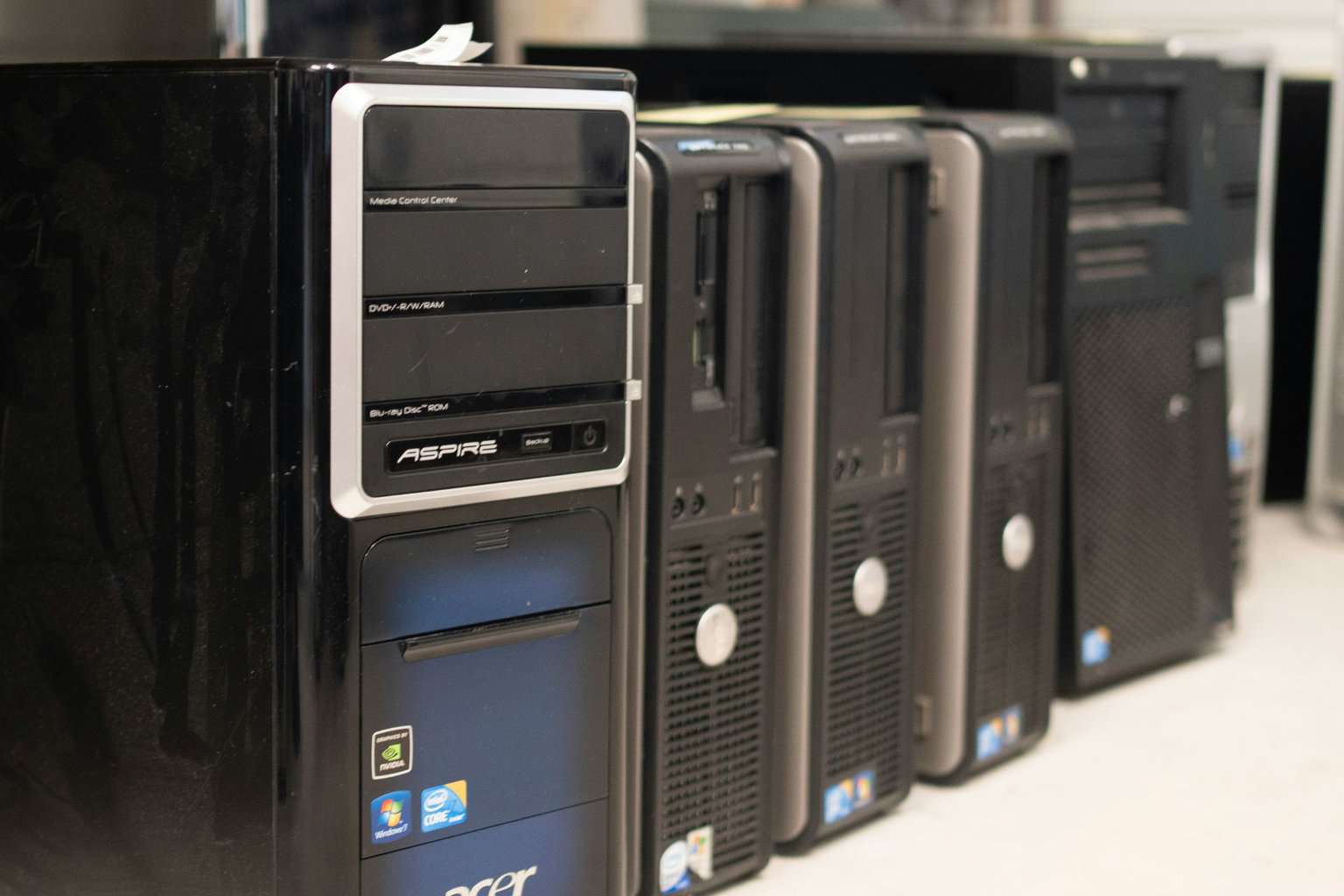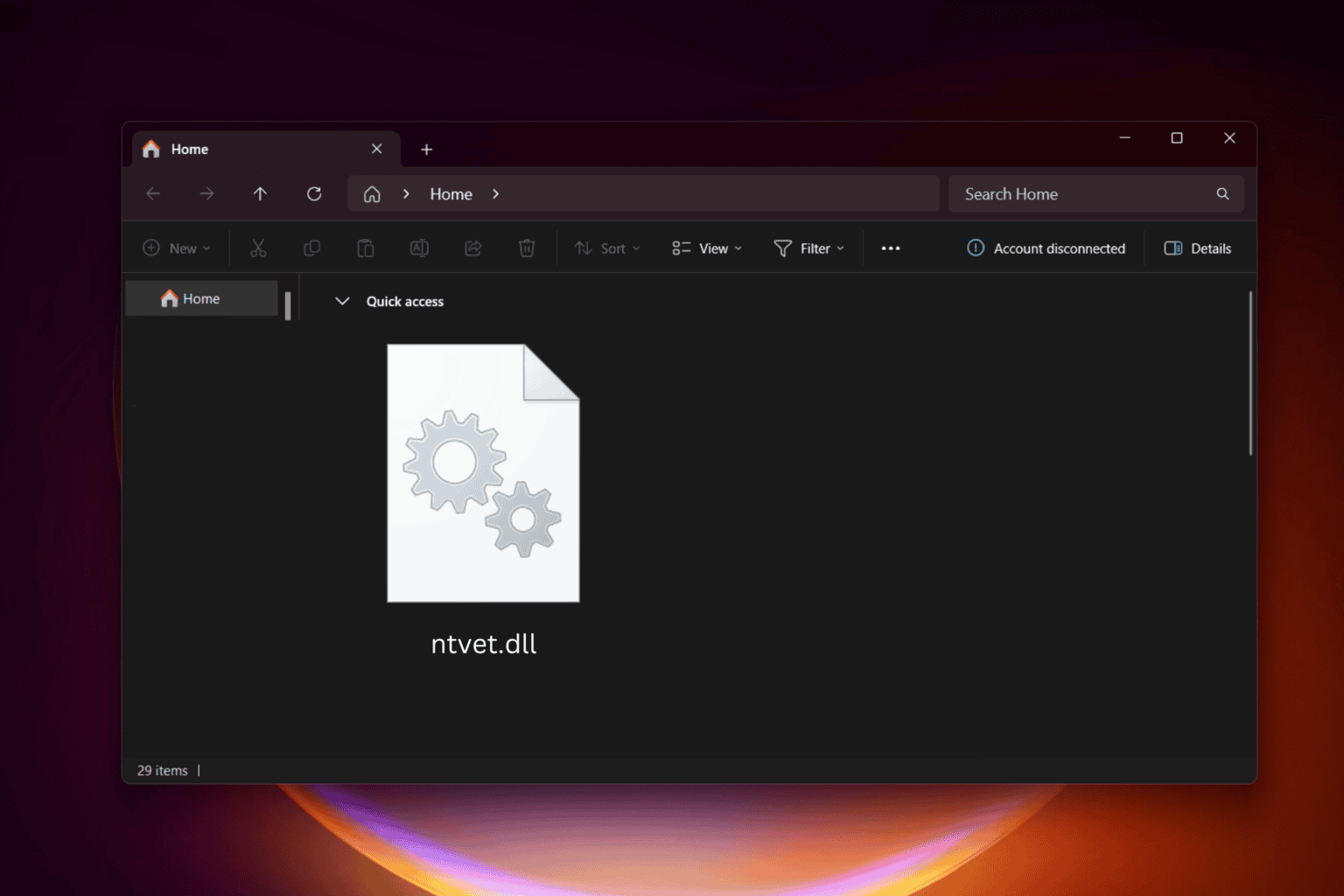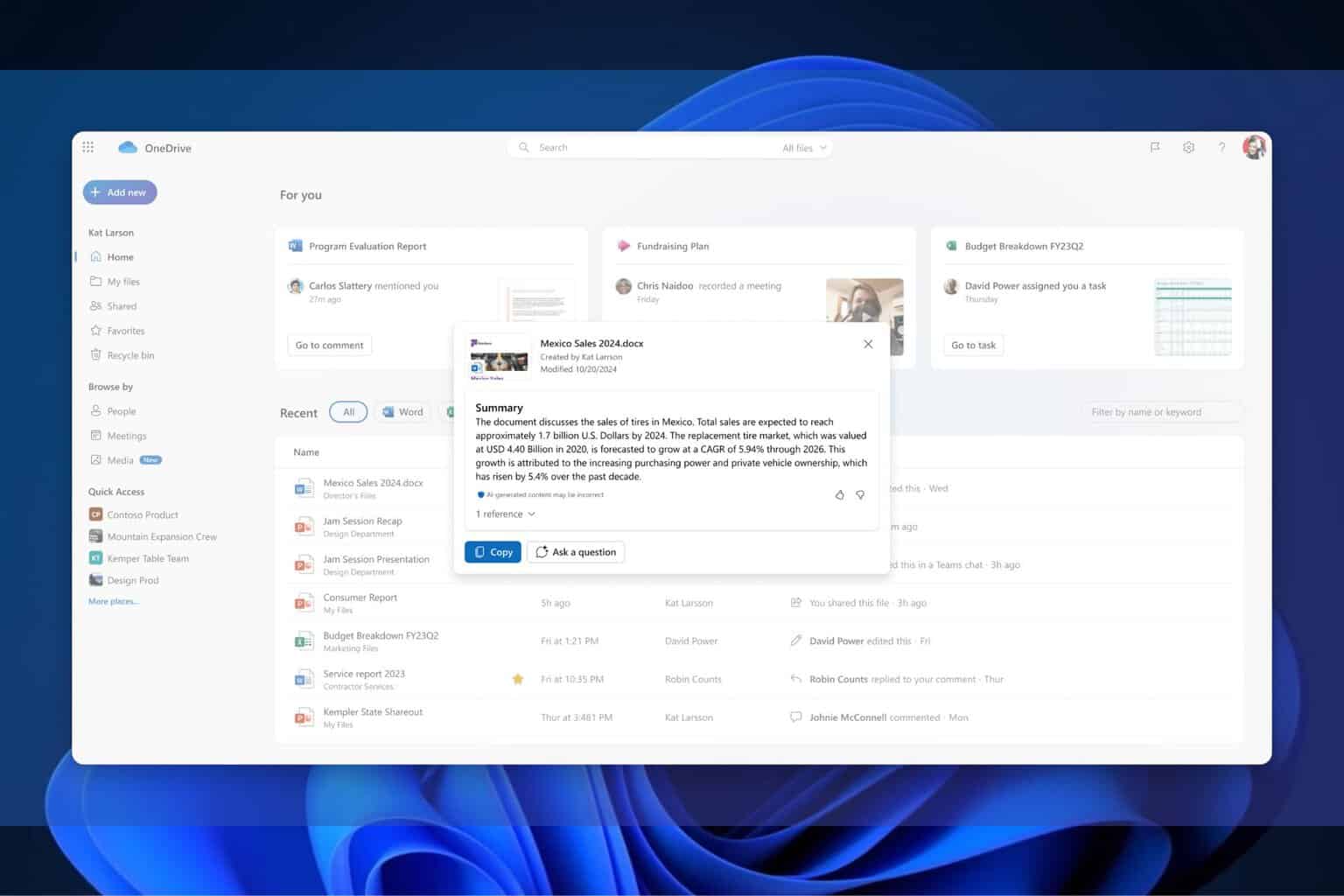Microsoft offers tips in keeping your Microsoft account more secure
2 min. read
Published on
Read our disclosure page to find out how can you help Windows Report sustain the editorial team. Read more
How many times have you read about a security issue that exposed sensitive customer account information such as passwords and credit card information? Microsoft recommends several tips and safety suggestions to ensure your information doesn’t get to the wrong hands.
Since most people reuse passwords between different websites, Microsoft suggests that we use unique passwords, “as criminals have become increasingly sophisticated about taking a list of usernames and passwords from one service and then “replaying” that list against other major account systems.”
Microsoft would also remind you that they will never ask you for your password or other security information via an email. “Any email asking for this information is always a phishing scam designed to lure you into disclosing your password or other account information,” the company explains.
Microsoft recommends following the following steps to better protect yourself from cyber criminals:
- Always choose strong, unique passwords.
- Add security proofs to your account, and check them regularly to ensure they are up to date. You can add a phone, email address, or trusted PC as a proof, and these are used to recover your account if you ever lose access.
- Be careful using your account in public places, and especially on shared PCs. Shared PCs like those in hotels and Internet cafes are notoriously insecure, and often have malicious software installed that will steal your password. If you have to use one, sign in with a single-use code instead of your normal password.
- Be careful sharing personal information – passwords, email addresses, physical addresses, credit card info – these pieces of info can all be used to attempt to access your account.
- Install protection against viruses, spyware, and malware on your computer, and keep it up to date. There are many excellent choices available, including Microsoft Security Essentials, which is free.
- Make sure your browser phishing filters are active. For IE, click the Tools icon on the toolbar, point to Safety, and then click Turn on SmartScreen Filter. For other browsers, check your help files for instructions.
- Ensure you are on the correct site before entering personal info. Beware of websites that seem too good to be true (offering amazing deals) and always check the address bar to ensure it’s the right URL.









User forum
0 messages